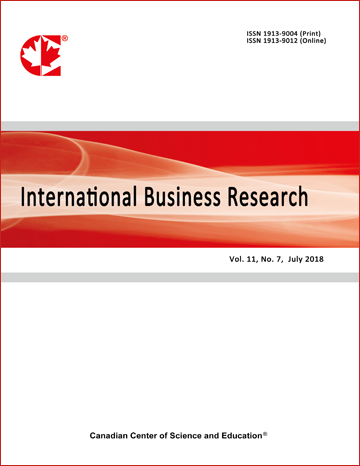Towards Early Critical Warnings of Lebanese Banks: An Analytical CAMELS Study
- Georges Chlela
- Hasan Mousawi
Abstract
The stability of the Lebanese banking sector has been jeopardized following the financial crisis that unfolded in 2019. This instability manifested through a loss of customer confidence, widespread doubts about the banks’ ability to repay deposits, indirect control over capital, and restrictions on withdrawals, particularly in foreign currencies. As a result, the Lebanese banking sector, once regarded as the backbone of the economy, now faces an existential challenge. The financial health of the country has deteriorated significantly, especially after the Lebanese government declared bankruptcy on euro bonds held by local commercial banks, coupled with the depreciation of the Lebanese pound against foreign currencies. To evaluate the potential for recovery and the challenges ahead, a study of ten Lebanese commercial banks was conducted using the CAMELS model, which examines capital adequacy, asset quality, management quality, profitability, liquidity, and sensitivity to market risk. The findings reveal that by 2022, all assessed banks received a CAMELS score of 4, reflecting the profound financial and economic crisis in Lebanon.
- Full Text:
 PDF
PDF
- DOI:10.5539/ibr.v18n1p30
Journal Metrics
h-index (August 2025): 114
i10-index (August 2025): 1059
h5-index (August 2025): N/A
h5-median(August 2025): N/A
( The data was calculated based on Google Scholar Citations. Click Here to Learn More. )
Index
- ACNP
- ANVUR (Italian National Agency for the Evaluation of Universities and Research Institutes)
- CNKI Scholar
- CrossRef
- EconBiz
- EconPapers
- Elektronische Zeitschriftenbibliothek (EZB)
- EuroPub Database
- Excellence in Research for Australia (ERA)
- Genamics JournalSeek
- Google Scholar
- Harvard Library
- IDEAS
- Infotrieve
- Mendeley
- Open policy finder
- Qualis/CAPES
- RePEc
- ResearchGate
- ROAD
- Scilit
- Technische Informationsbibliothek (TIB)
- The Keepers Registry
- UCR Library
- UoS Library
- ZBW-German National Library of Economics
- Zeitschriften Daten Bank (ZDB)
Contact
- Kevin DuranEditorial Assistant
- ibr@ccsenet.org
